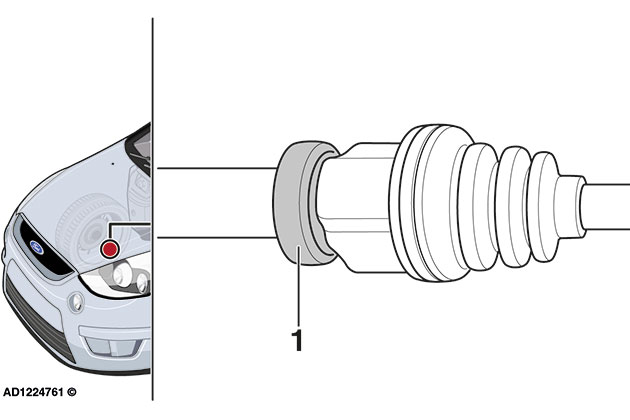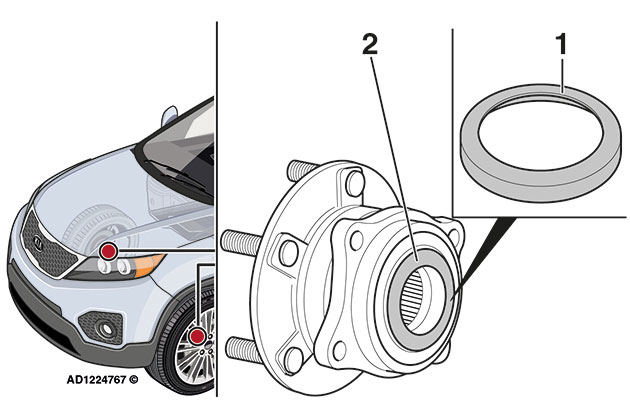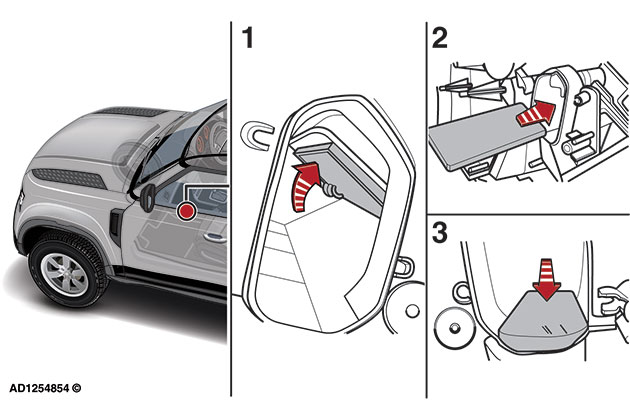Problems fixed: Ford, Kia and Land Rover

Leading technical supplier Autodata helps you fix three common problems found in passenger cars
The problem
A customer with a 2014 Ford S-MAX is complaining of a grinding noise from the front of the vehicle when driving. We have experienced the grinding noise on road test but have yet to find the cause in the workshop.
The fix
The issue affects several Ford models and it’s due to a worn intermediate driveshaft support bearing. Fit a new intermediate driveshaft support bearing. Renew the intermediate driveshaft support bearing bracket and nuts and carry out road test to ensure the grinding noise has been rectified.

The problem
We are having trouble diagnosing a clonking noise on a 2011 Kia Sorento when moving off or changing from forward direction to reverse direction. We have heard the clonking noise on a few occasions but cannot source the cause of the fault in the workshop.
The fix
This fault affects Sorento models up to 10th May 2012. The noise is due to movement between the front hub and the front wheel bearing. Remove the driveshaft from the front hub. Remove and discard the plastic washer between the front hub and the front wheel bearing. Thoroughly clean area, fit a new metal washer, available from Kia parts department, to the front hub and refit driveshaft. Repeat the procedure for the opposite side. Carry out manoeuvres in the vehicle to confirm that the clonking noise has been resolved.

The problem
We have a 2019 Land Rover Defender with a malfunctioning air conditioning system. There’s little or no air coming through the fascia vents and regardless of what is selected there is strong air flow through the footwell.
The fix
This issue affects Defenders from 2019-2021 with climate control. The cause is a relatively simple mechanical issue – the AC/header air direction flap is getting stuck, preventing air from reaching the desired vents. To resolve the issue, remove the footwell heater duct. Ensure the AC/heater air direction flap is in the closed position. Fit a foam pad to the inside of the heater housing footwell outlet, ensure the foam pad is secured property and repeat the procedure for the opposite side.





